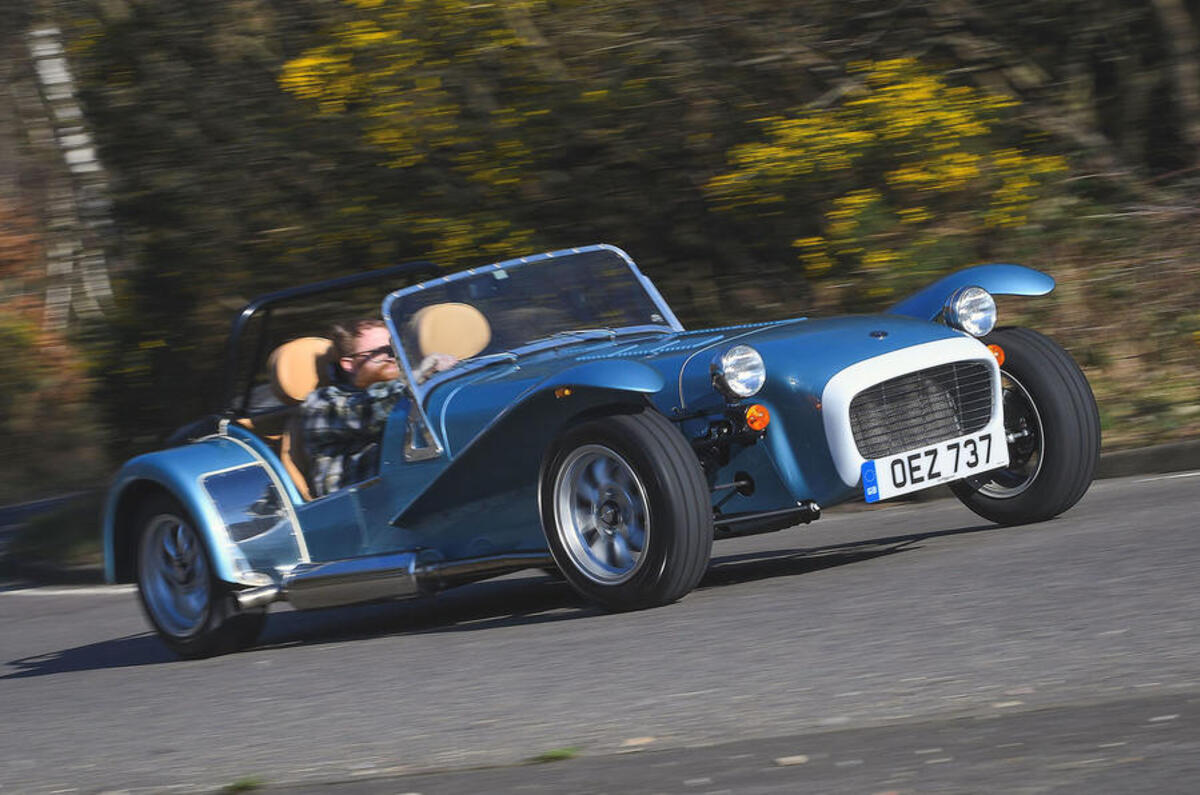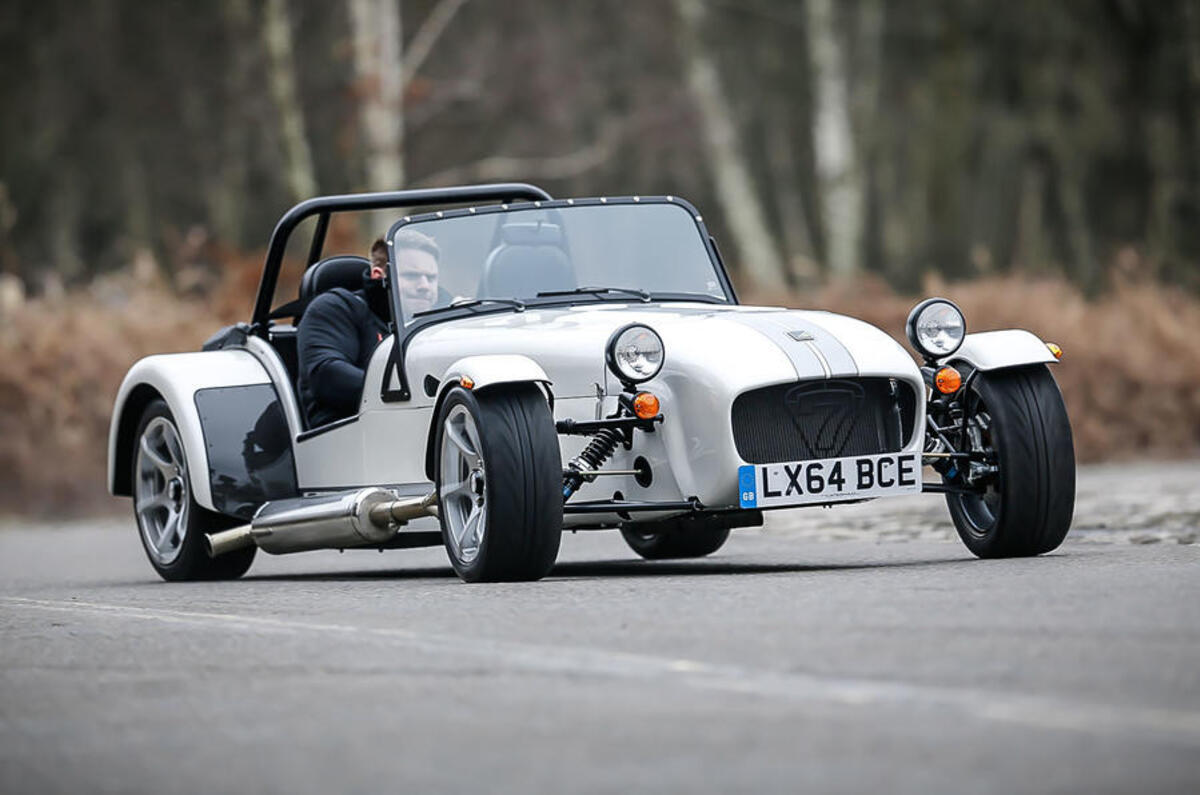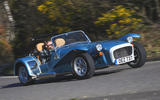Caterham has dropped the 270 model and the retro-styled Super Seven 1600 from its range because Ford's Sigma engine is no longer available.
The 1.6-litre unit had been fitted to modestly powered Sevens since 2006, when the previously popular Rover K-series engine disappeared with the demise of MG Rover.
The Ford unit revved less highly than the K but made a broad spread of power and over the past decade and a half has been offered in various outputs of between 120bhp and 150bhp. It is also the power source for Caterham's entry-level Academy race cars, which will retain the powerplant for 2022.
Most recently it received throttle bodies and over-sized air filters on the Super Seven 1600 model, which appeared as a benchmark wildcard in Autocar's Britain's Best Affordable Driver's Car contest.
For the immediate future, the range will be smaller. Caterham's new 660cc Suzuki-engined 170 model with 85bhp props up the bottom of the range, priced from £22,990.
Ford's 2.0-litre Duratec is the only other powerplant, offered in 180bhp, 210bhp or 310bhp forms for the 360, 420 and 620 models respectively, with prices from £31,490 to £50,390.
The gap between 170 and 360 models left by the Sigma engine's demise will be filled next year when new, sub-150bhp versions of the 2.0-litre Duratec engine are homologated.











Join the debate
Add your comment
I am suprised they didnt adopt Fords Ecoboost triples to replace the Sigma engines, surely the 1.5 in the Fiesta ST would have been ideal for the top end and the 1.0 for the bottom end..
I have often thought that one of the new turbo-triples would make a great engine for a small car. The 1.2 in my citroen makes 110bhp - compared to the (I think) 47bhp from the same size engine in the Spitfire that I ran around in during the late 80s.
I liked the way that was done, looked like old school carbs.
When you say it received throttle bodies, I assume you mean bigger throttle bodies as it will surely have had a throttle body anyway.